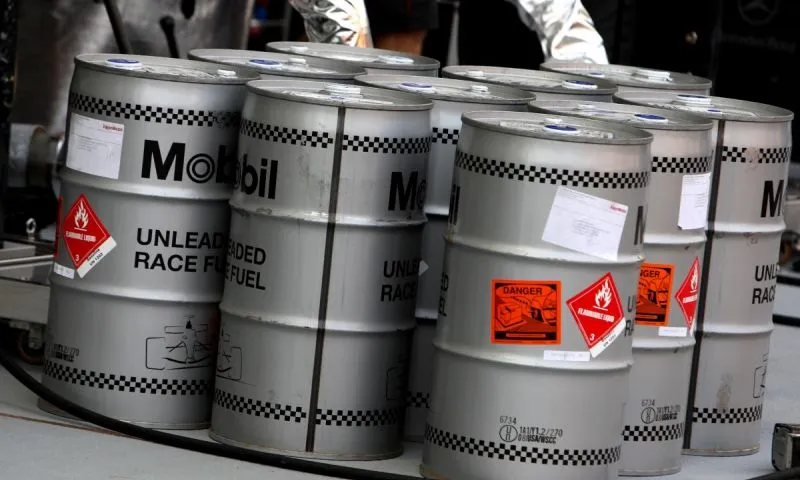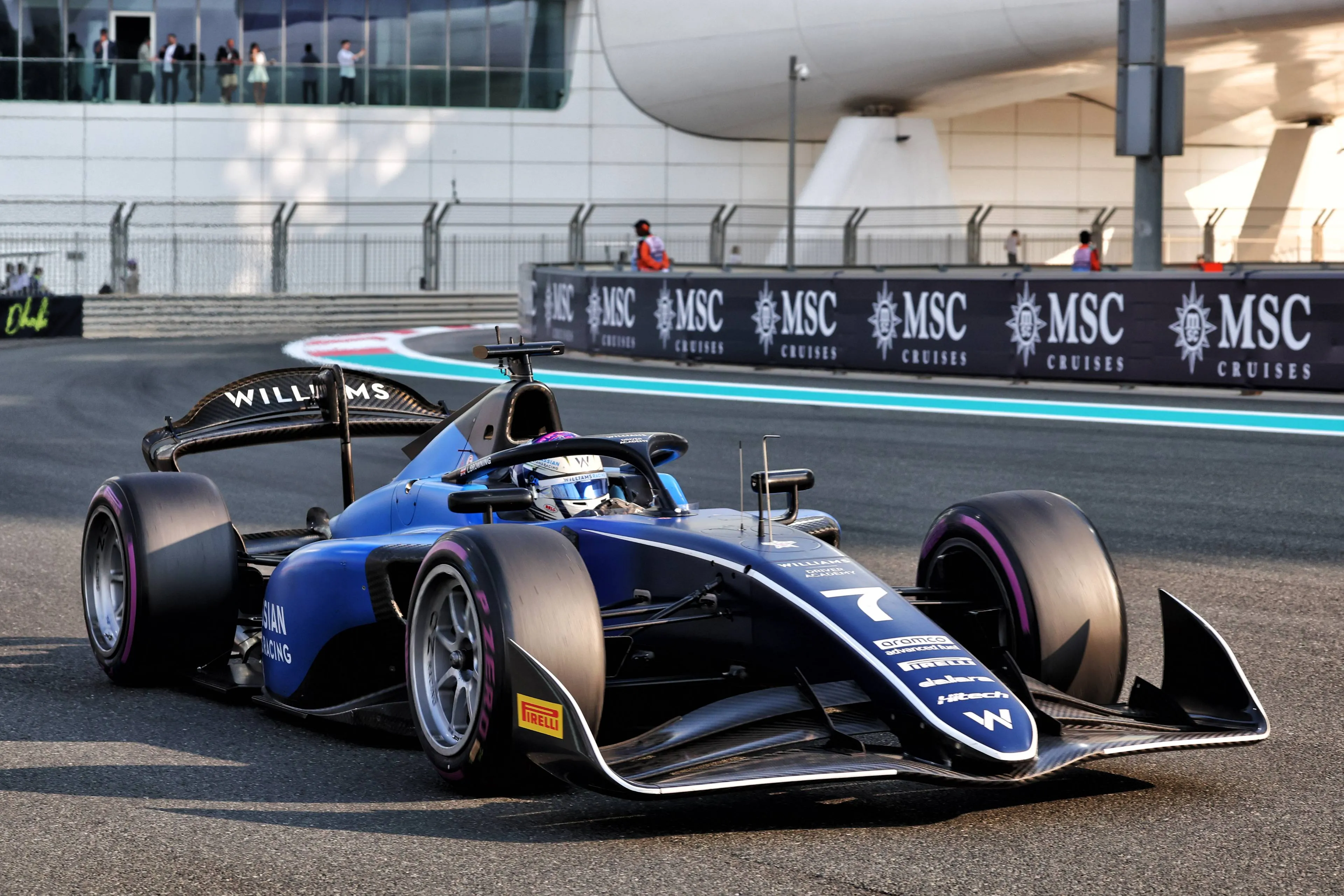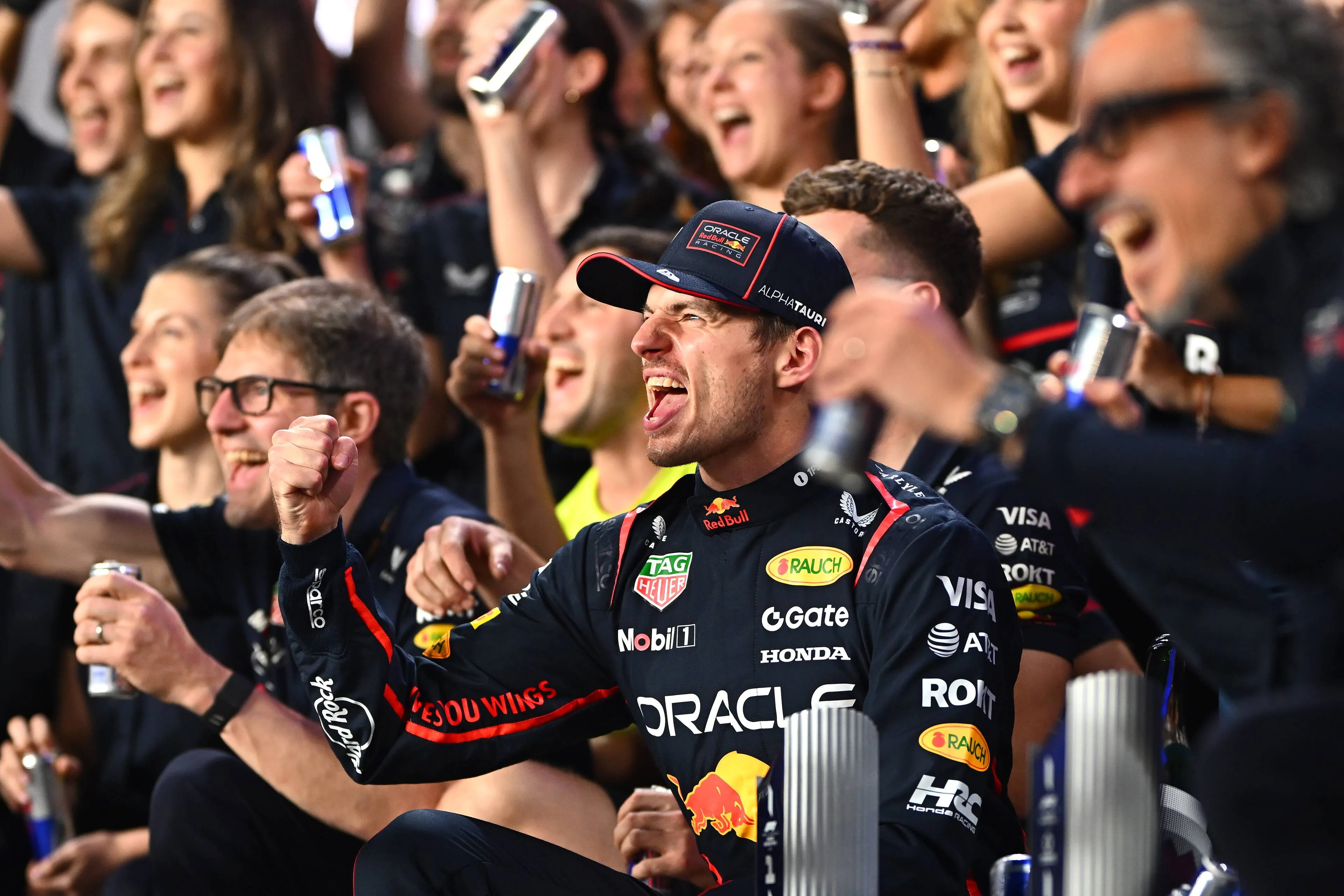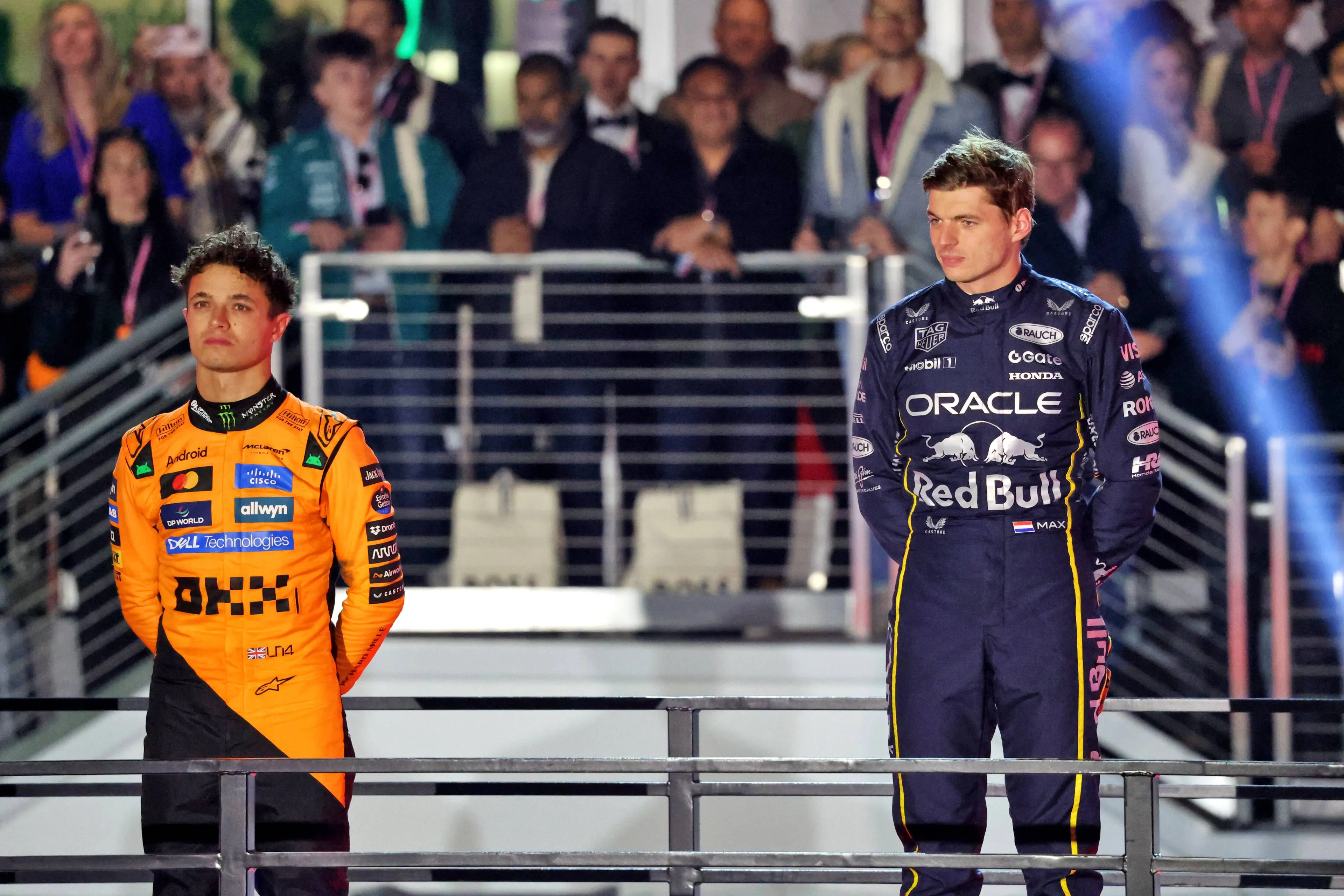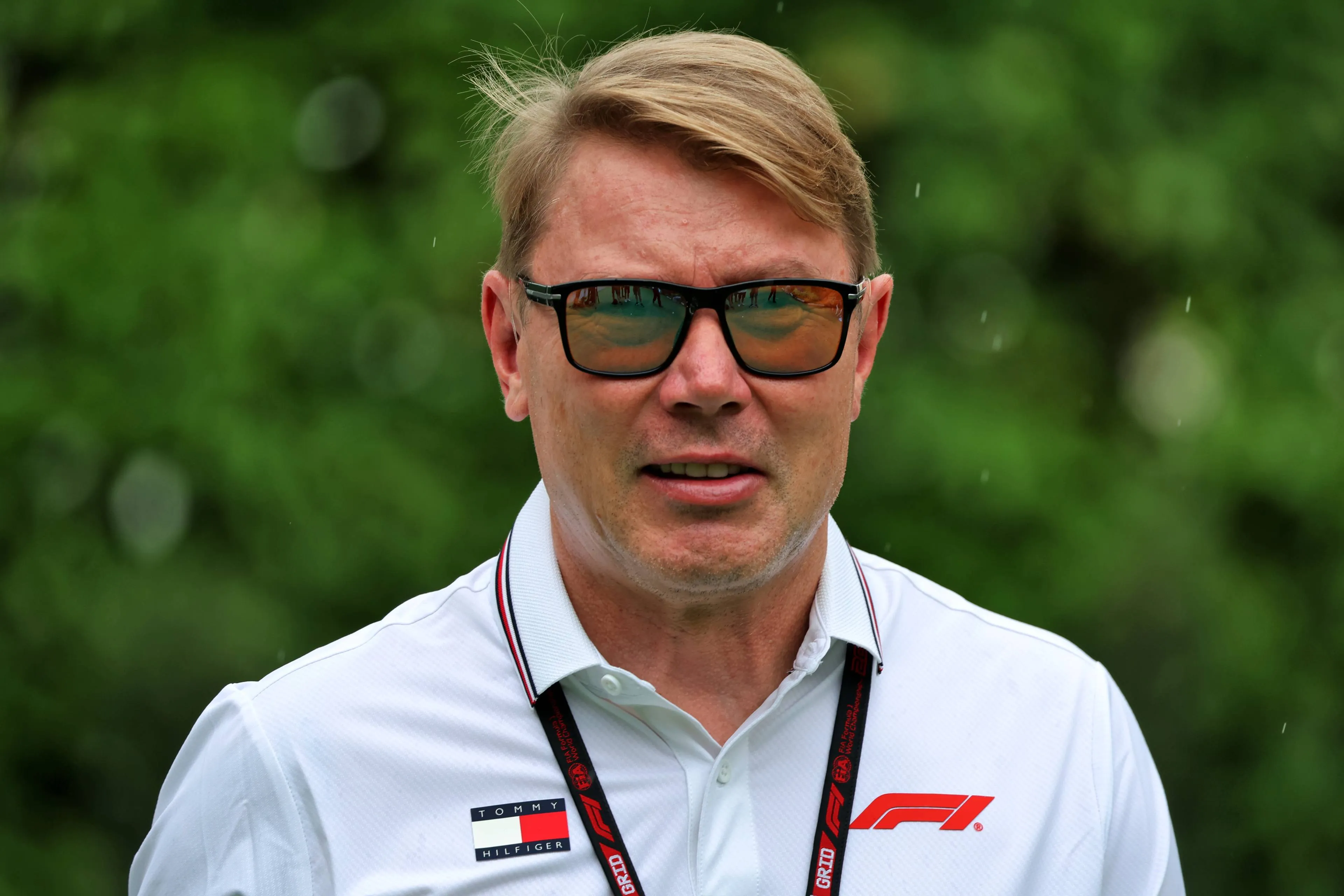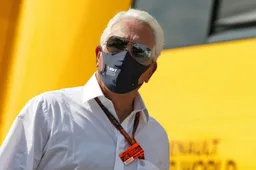'Biofuel can save the internal combustion engine, but F1 has to be quick'
19:38, 08 Jan 2021
1 Comments
Formula 1 has taken a number of important steps towards the future over the last few years. The budget ceiling has guaranteed fairer competition, and with a range of young talents it also looks good in sporting terms. But what about the sustainable picture of Formula 1?
According to Andreas Haupt of Auto Motor und Sport, it is in fact absolutely essential that sport gets to work on this as quickly as possible. He foresees that in the next few years, politicians will accelerate decisions that will completely ban cars powered by fossil fuels. This is already happening in some cities.
That would, of course, be a great loss for car enthusiasts, and Formula 1 would be squeezed with internal combustion engines. That is why, in Haupt's view, it is very important that they set the development of CO2-neutral fuels in motion as soon as possible and also use them as soon as possible. In this way, the internal combustion engine might even be a more environmentally friendly solution than an all-electric car.
And it is true that the manufacturers are lagging a little behind. They are hesitant about the costs and would therefore prefer to introduce these fuels at the same time as the new engines in 2025 or even 2026, whereas the introduction of eco-fuels was first planned for 2023.
FIA has fuel from biomass ready
And all this in spite of the fact that a sustainable fuel is available. In fact, the FIA has developed a 100% renewable fuel from biomass, which has now been available for manufacturers to test with since Christmas. Haupt believes that it should be used in the Grands Prix within two years at the latest.
The development of other sustainable methods could be speeded up through cooperation with the aircraft industry. Such as synthetic fuels, in which the production process still costs too much energy, and electrolysis, in which water is split into oxygen and hydrogen and the CO2 molecules can bind to them.
Read more about:
Popular on GPBlog

1
Verstappen crowned by fellow drivers despite missing out on title
944 times read

2
These drivers will join Max Verstappen in his 2026 Mercedes switch
761 times read

3
Verstappen, Kelly Piquet and family on holiday: they'll spend New Year's Eve here!
628 times read

4
Piastri taunted by British fans’ chant: 'You are just a s**t Lando Norris'
581 times read
Loading
